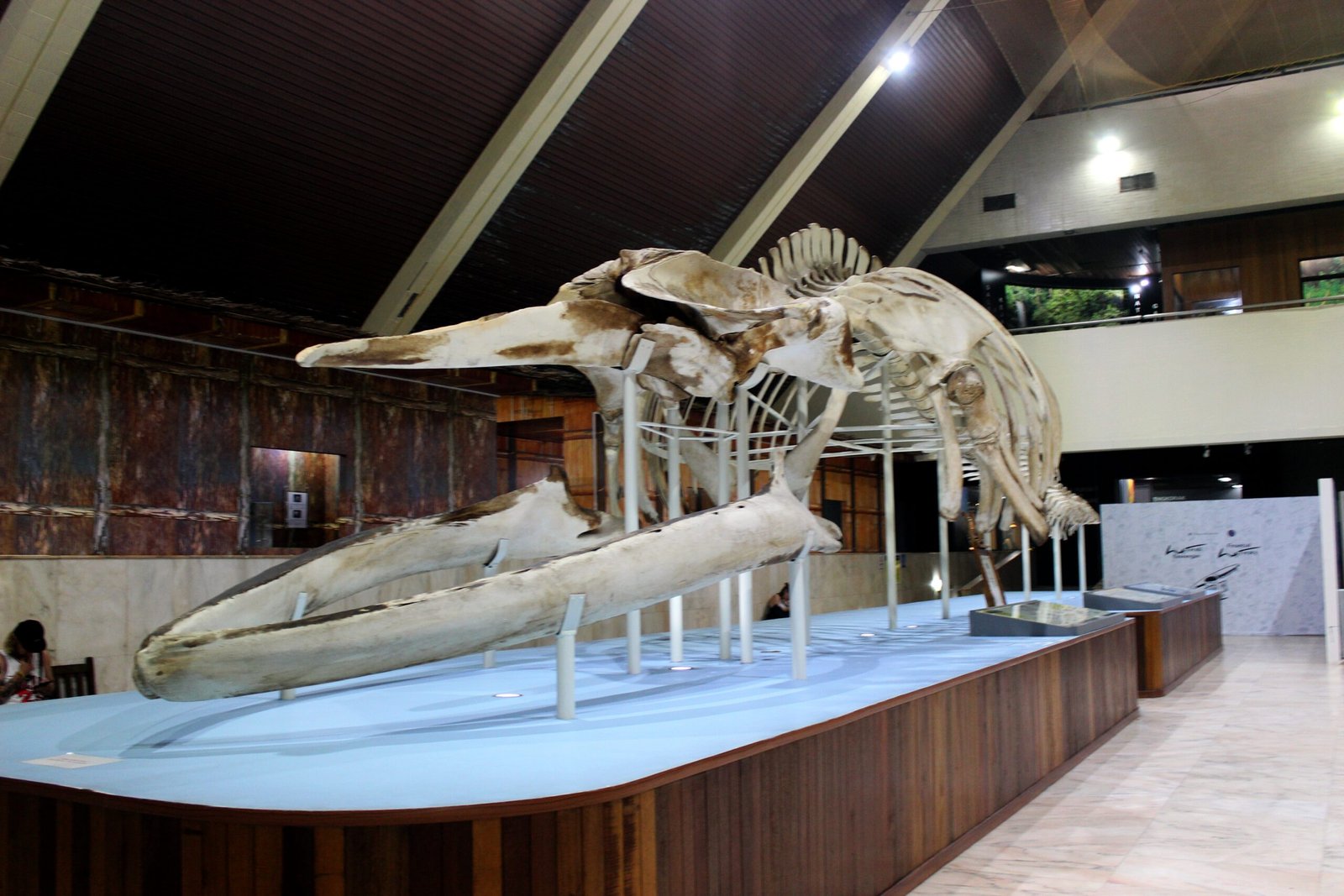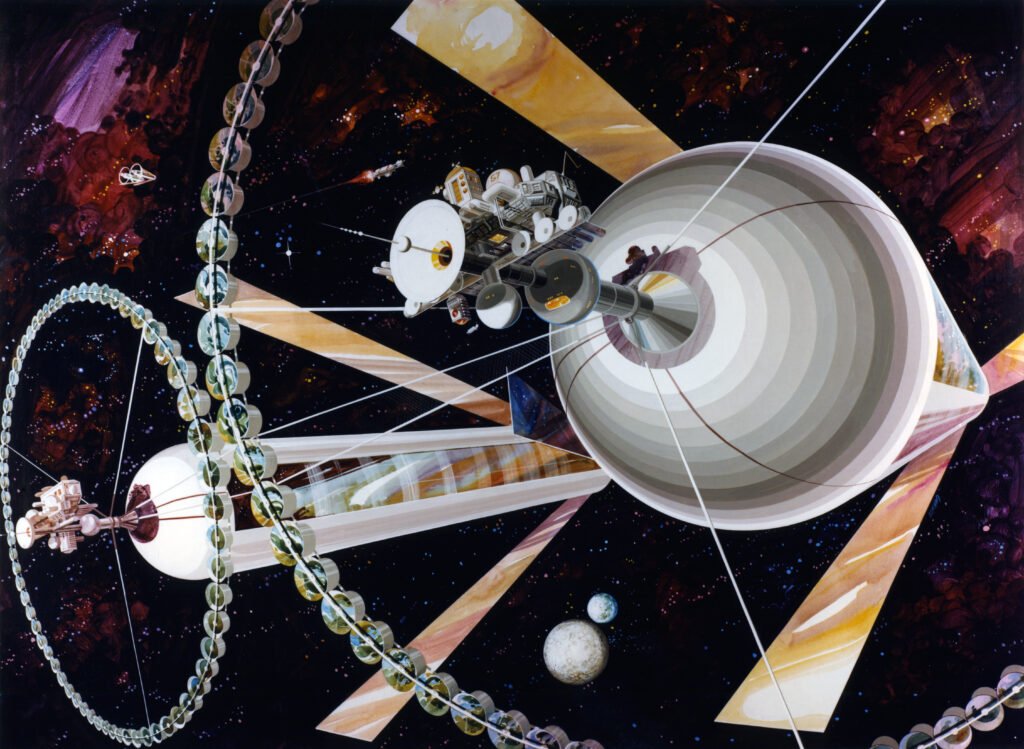Picture a peaceful farm at sunrise: cows grazing lazily, horses trotting in the distance, and the air thick with the sounds of country life. Now, imagine the ocean’s vast blue expanse, where mighty whales glide beneath the waves. What if you learned that those gentle cows are, by a twist of evolution, more closely related to whales than they are to their hoofed companions, the horses? It sounds unbelievable—almost like a riddle whispered by nature itself. But science reveals a story even stranger and more fascinating than fiction, a story written in the language of DNA and fossils. This is the remarkable tale of how the barnyard and the deep blue sea are connected by a hidden family tree.
The Unexpected Family Ties of Mammals
At first glance, cows and whales seem worlds apart—one munching on grass in green fields, the other gliding through the ocean’s depths. But beneath their skin lies a shared ancestry that surprises even seasoned biologists. This connection isn’t based on appearances but on their evolutionary roots. Modern science uses genetics, anatomy, and fossils to trace these roots, revealing relationships that defy what we see on the surface. The grouping of animals by their DNA rather than their looks often leads to shocking discoveries, showing us that appearances can be deceiving.
The Ancient Order of Artiodactyla
Cows belong to a group of mammals called Artiodactyla, also known as even-toed ungulates. This group includes animals like deer, pigs, sheep, and giraffes. They’re called “even-toed” because they walk on an even number of toes—usually two or four. For centuries, scientists placed whales far from these land mammals, assuming their aquatic lifestyle made them unique. But as researchers dug deeper, both literally and figuratively, the evidence began to point toward a startling conclusion. Whales, it turns out, are not just close relatives—they are actually a part of the Artiodactyla family tree.
Whales: The Aquatic Cousins in Disguise

Whales may not have hooves or walk on land, but their anatomy hides clues to their surprising ancestry. Ancient whales, found in fossil beds across the world, often had legs and toes that look suspiciously like those of land-dwelling Artiodactyls. Today, if you look at a whale’s skeleton, you’ll find tiny remnants of back legs, a silent testimony to their landlocked past. This hidden heritage was once dismissed as coincidence, but as more fossils surfaced, the story became impossible to ignore. It became clear that whales didn’t just spring from the ocean—they walked into it, step by evolutionary step.
Genetic Evidence That Sealed the Deal
The real clincher in this evolutionary mystery came with the rise of genetic technology. By comparing the DNA of cows, whales, and horses, scientists found that cows and whales share more genetic similarities with each other than with horses. Specific genes, like those controlling the structure of the ankle bone, are almost identical in cows and whales, but not in horses. These findings have been confirmed across multiple studies, leaving little doubt about their family connection. In the world of genetics, this is the equivalent of finding a long-lost family photo album.
Fossils: Nature’s Time Machine
Fossils offer a window into the distant past, giving us snapshots of life as it once was. In places like Pakistan and India, paleontologists have unearthed fossils of creatures called Pakicetus and Ambulocetus. These ancient animals had features of both land mammals and early whales. Their skeletons had legs for walking but also adaptations for swimming. Over millions of years, these creatures became more aquatic, eventually losing their legs and developing the traits we recognize in modern whales. This rich fossil record fills in the gaps between cow-like land mammals and the giants of the sea.
Why Not Horses?
Horses, despite their similar grazing lifestyles and hoofed feet, belong to a different group called Perissodactyla, or odd-toed ungulates. Horses, zebras, and rhinos make up this family, and their evolutionary path split from the Artiodactyla line long before whales took their plunge into the oceans. Their bone structure, digestive systems, and DNA all point to a separate branch on the mammalian family tree. So while horses and cows may share the same meadows, their deeper histories are miles apart.
The Hippo Connection: A Key Piece of the Puzzle
Of all the animals in the Artiodactyla group, hippos are the whales’ closest living relatives on land. Modern hippos and whales share a common ancestor that lived around 55 million years ago. Hippos, with their semi-aquatic lifestyle, offer a living glimpse into what that ancestor might have been like. Scientists have found that hippos and whales share unique features in their skulls, teeth, and even the way their stomachs work. This connection helped scientists piece together the puzzle of whale evolution and provided a bridge between the land and the sea.
Clues in the Anatomy: The Tale of the Ankle Bone
One of the most surprising pieces of evidence comes from a seemingly humble source—the ankle bone, or astragalus. In cows, deer, and other Artiodactyls, this bone has a distinct, double-pulley shape. When scientists discovered ancient whale fossils with the same kind of ankle bone, it was a game-changer. This small but significant detail tied whales to the Artiodactyla group in a way that was impossible to ignore. It’s a reminder that sometimes, the smallest clues can have the biggest impact on our understanding of life’s history.
What This Means for Our Understanding of Evolution
The story of cows and whales challenges our assumptions about how animals are related. It shows that evolution isn’t always a straight path—it twists, turns, and sometimes leaps into unexpected places. Discovering that cows are closer to whales than to horses encourages us to look beyond surface appearances and embrace the complexity of nature’s family tree. It also highlights the importance of curiosity and open-mindedness in science. By following the evidence wherever it leads, we uncover truths that are as awe-inspiring as they are surprising.
The Extraordinary Web of Life
Knowing that cows munching in a field and whales singing in the ocean are distant cousins changes the way we see the world. It reminds us that all living things are connected by invisible threads of ancestry, weaving a tapestry that stretches from the land to the sea. This revelation invites us to appreciate the wonder and mystery of evolution, a force that shapes life in ways we are only beginning to understand. As we uncover more secrets hidden in DNA and stone, who knows what other surprising family reunions await us in the tree of life?




